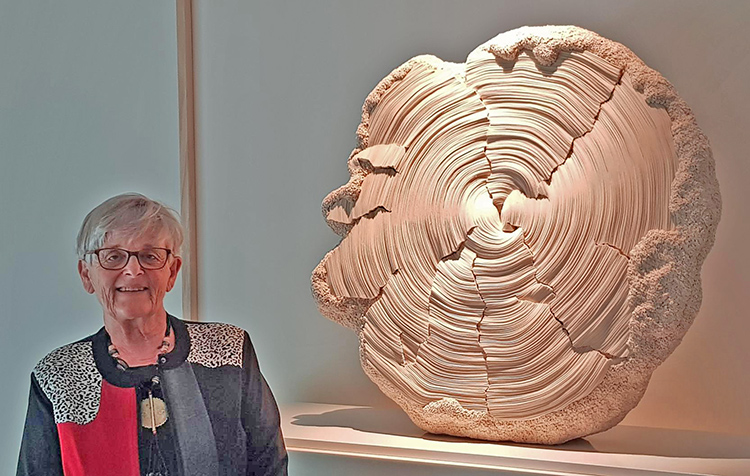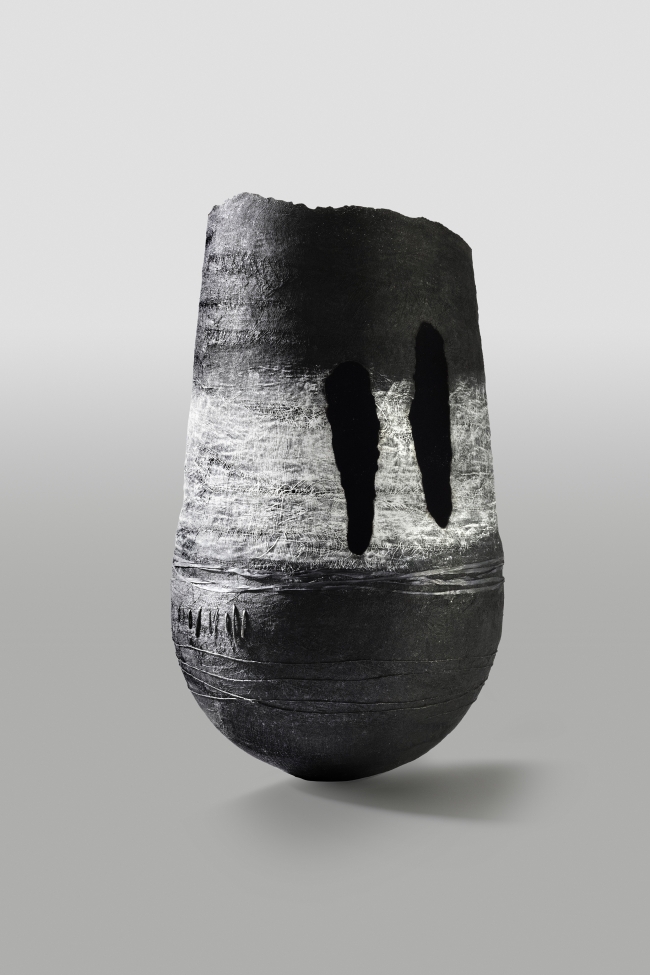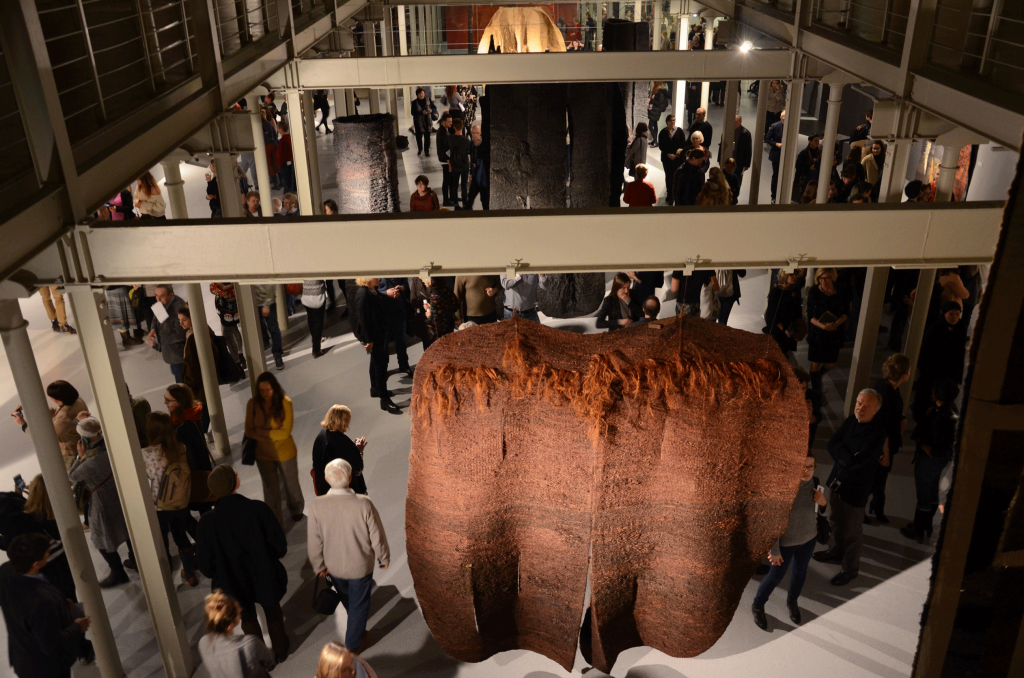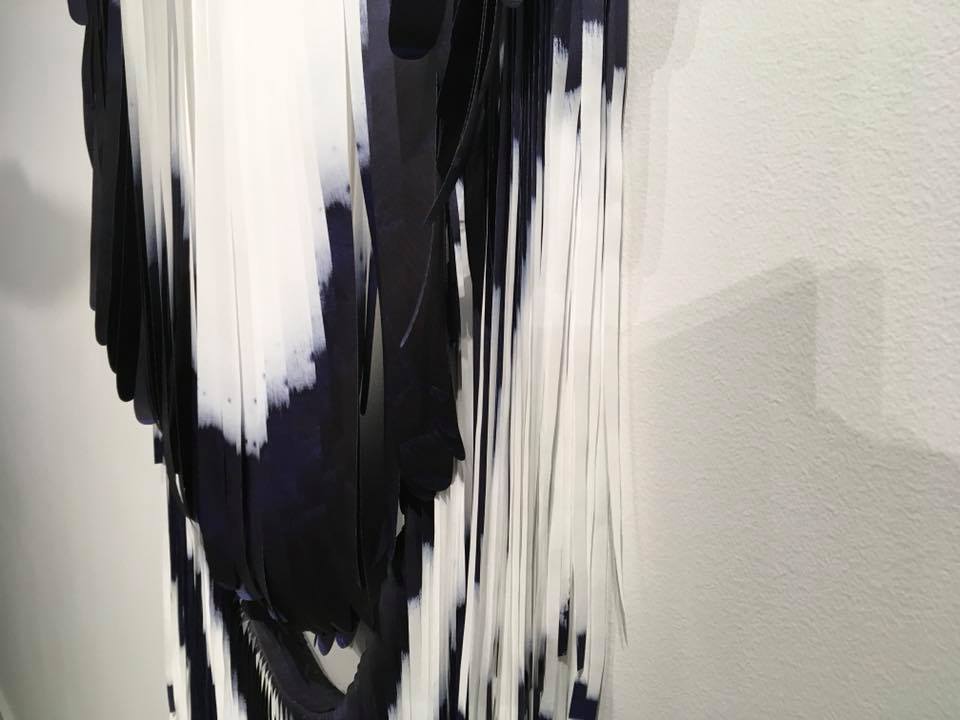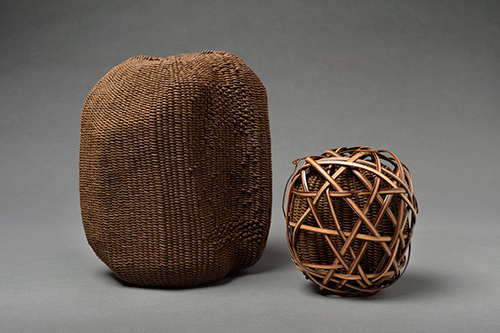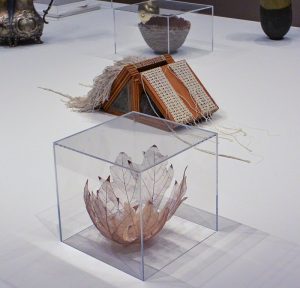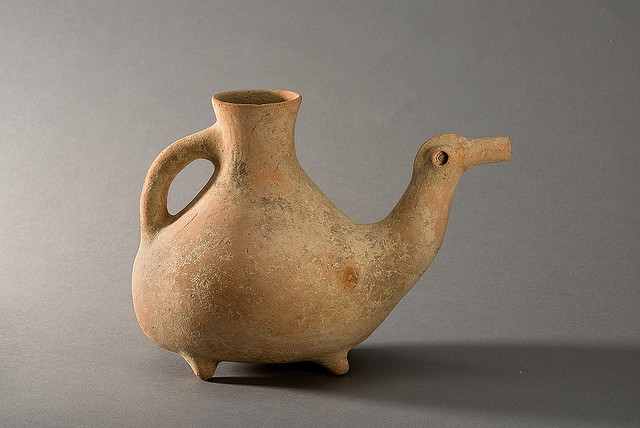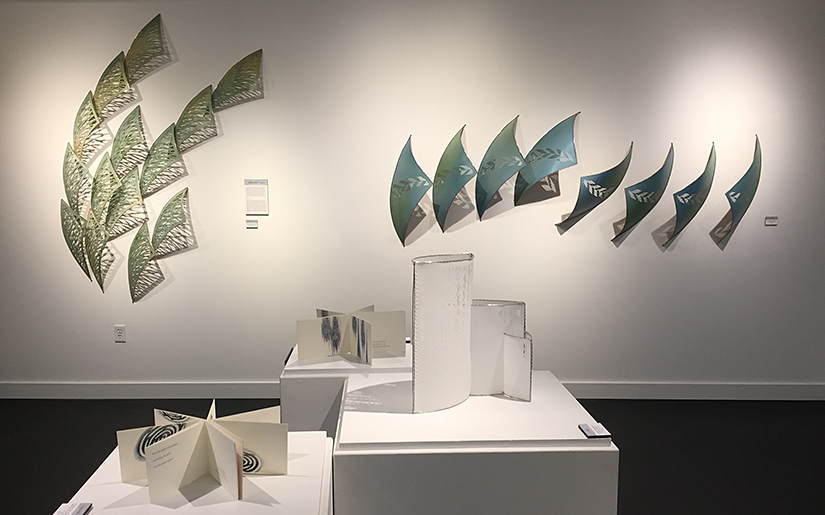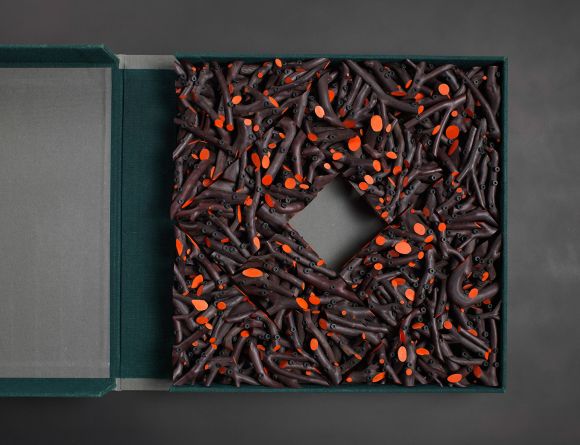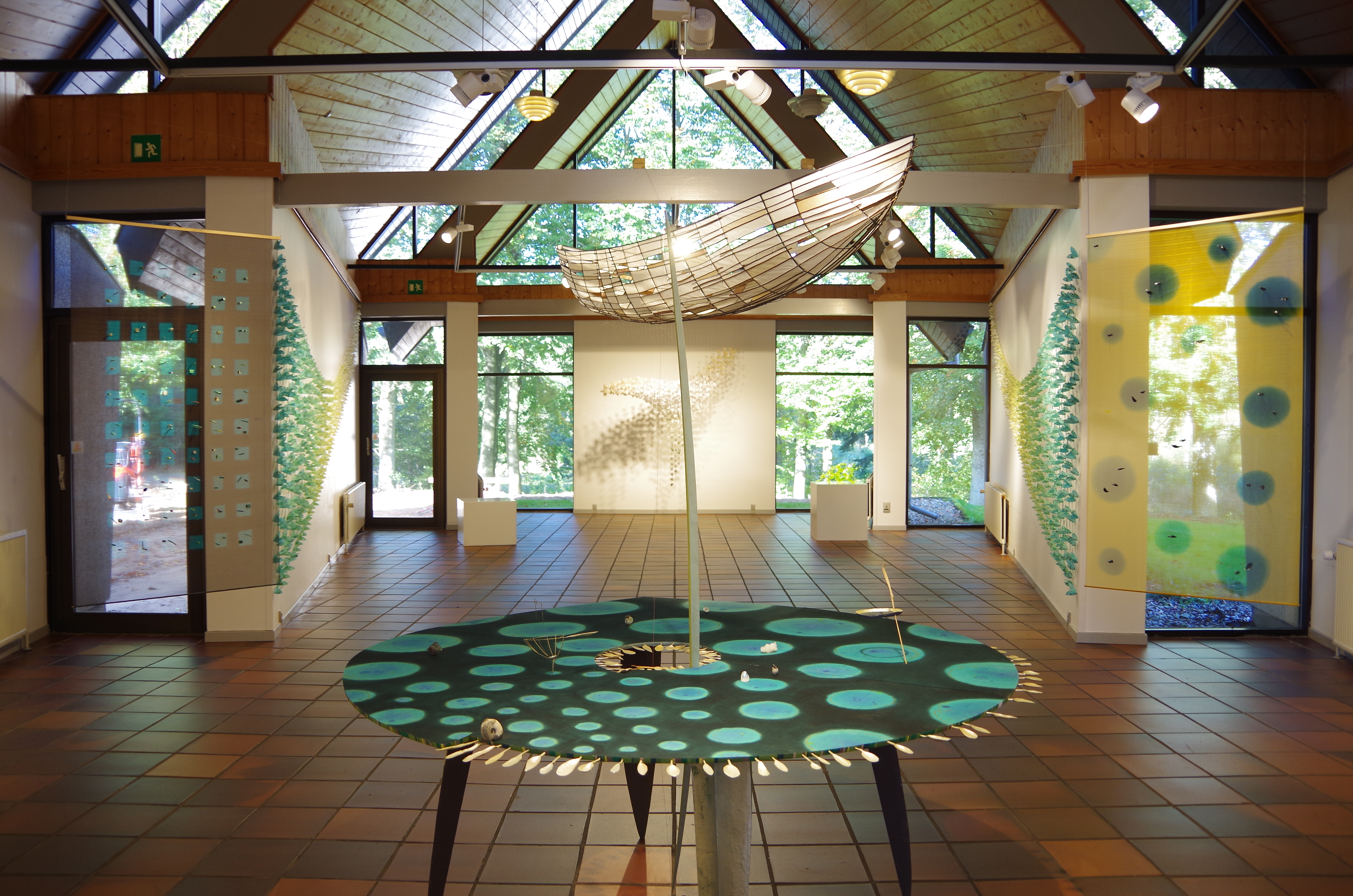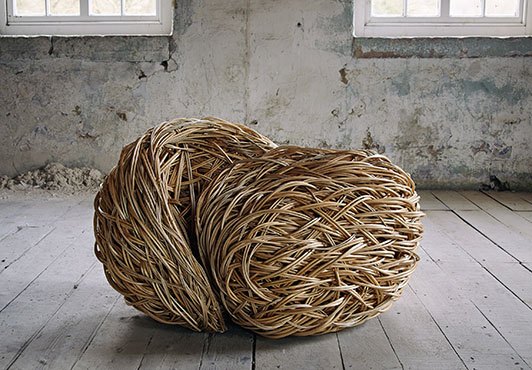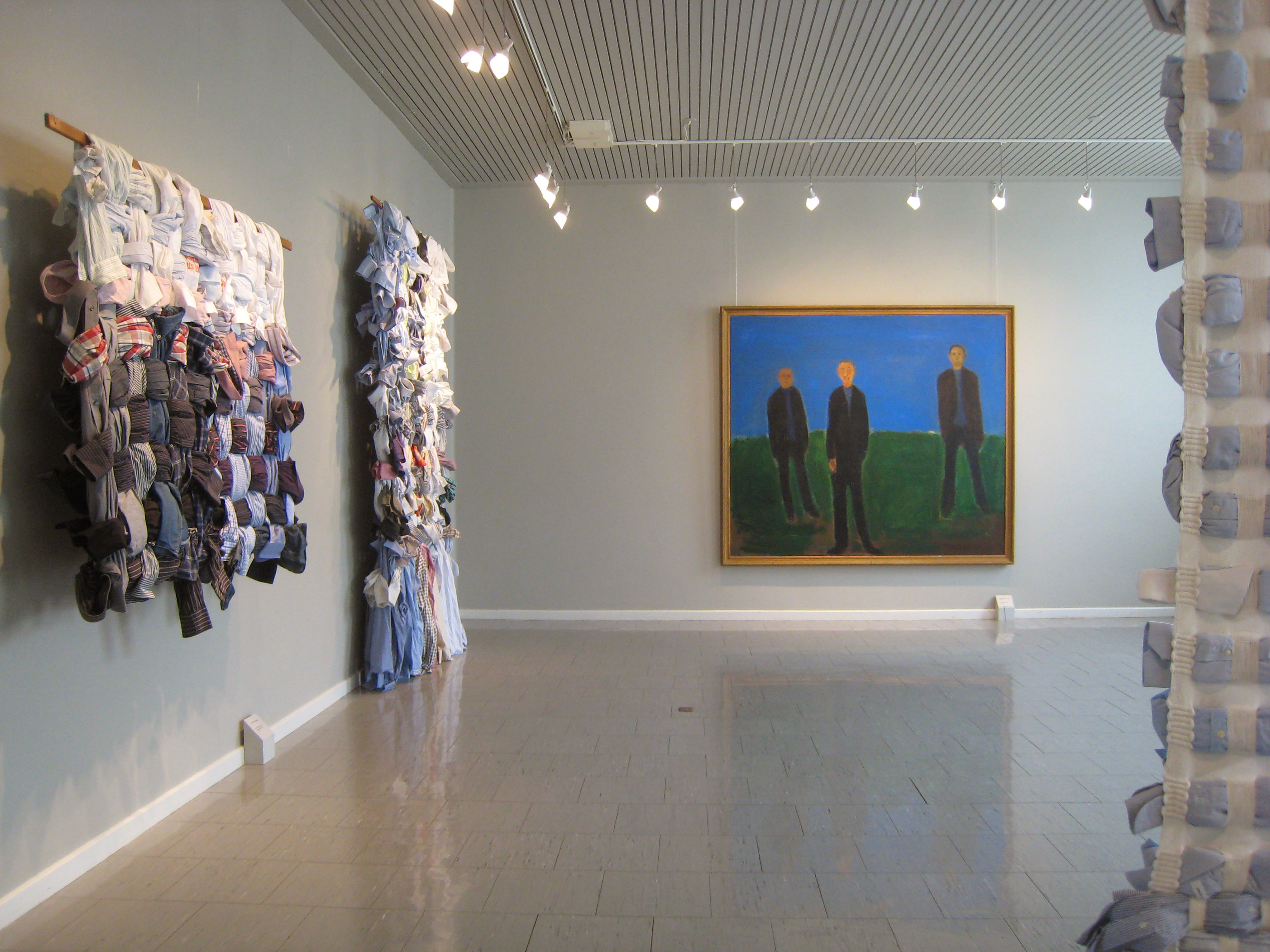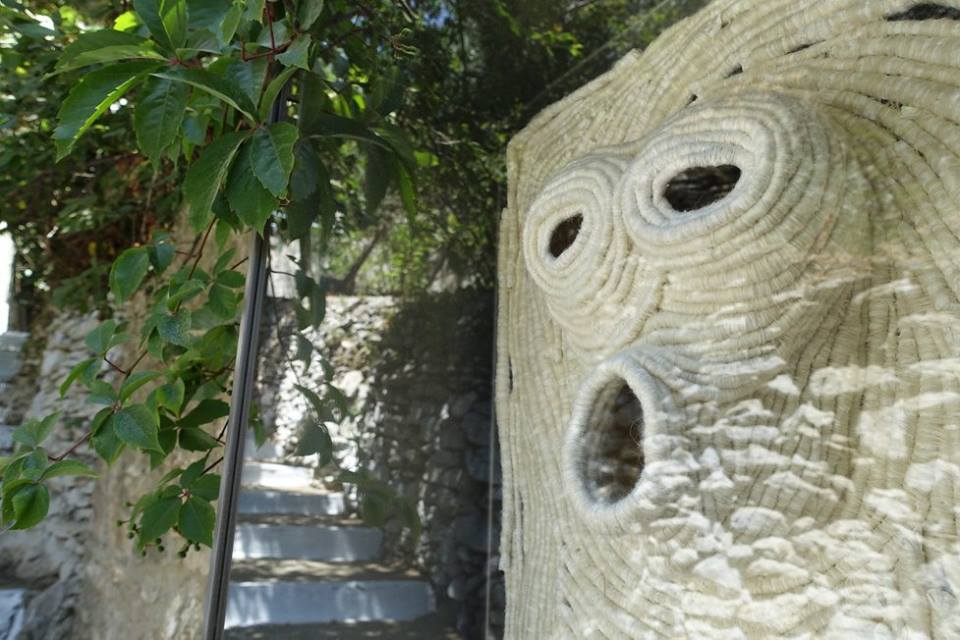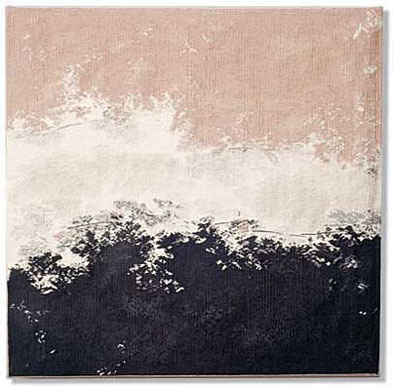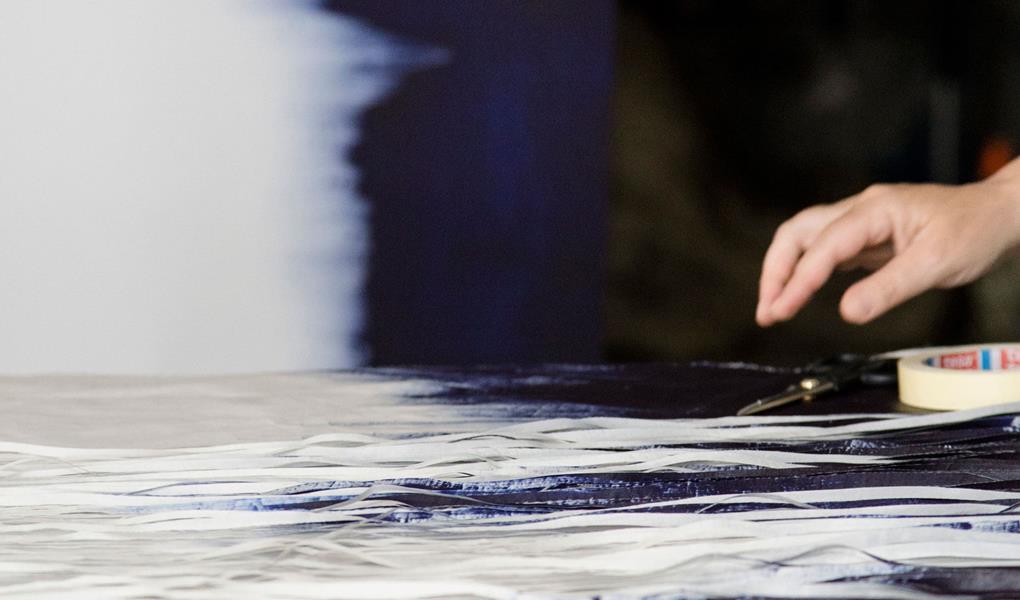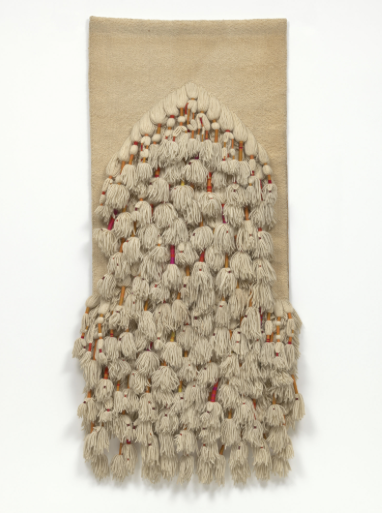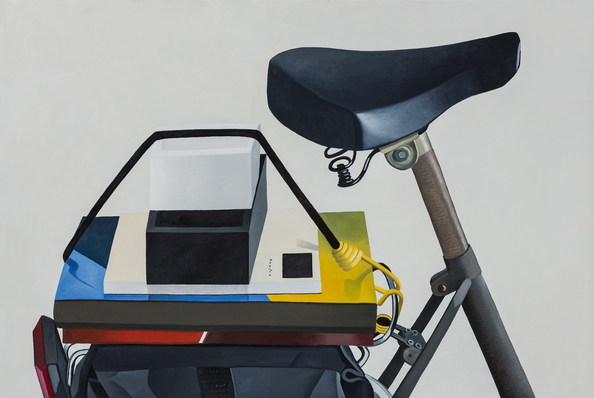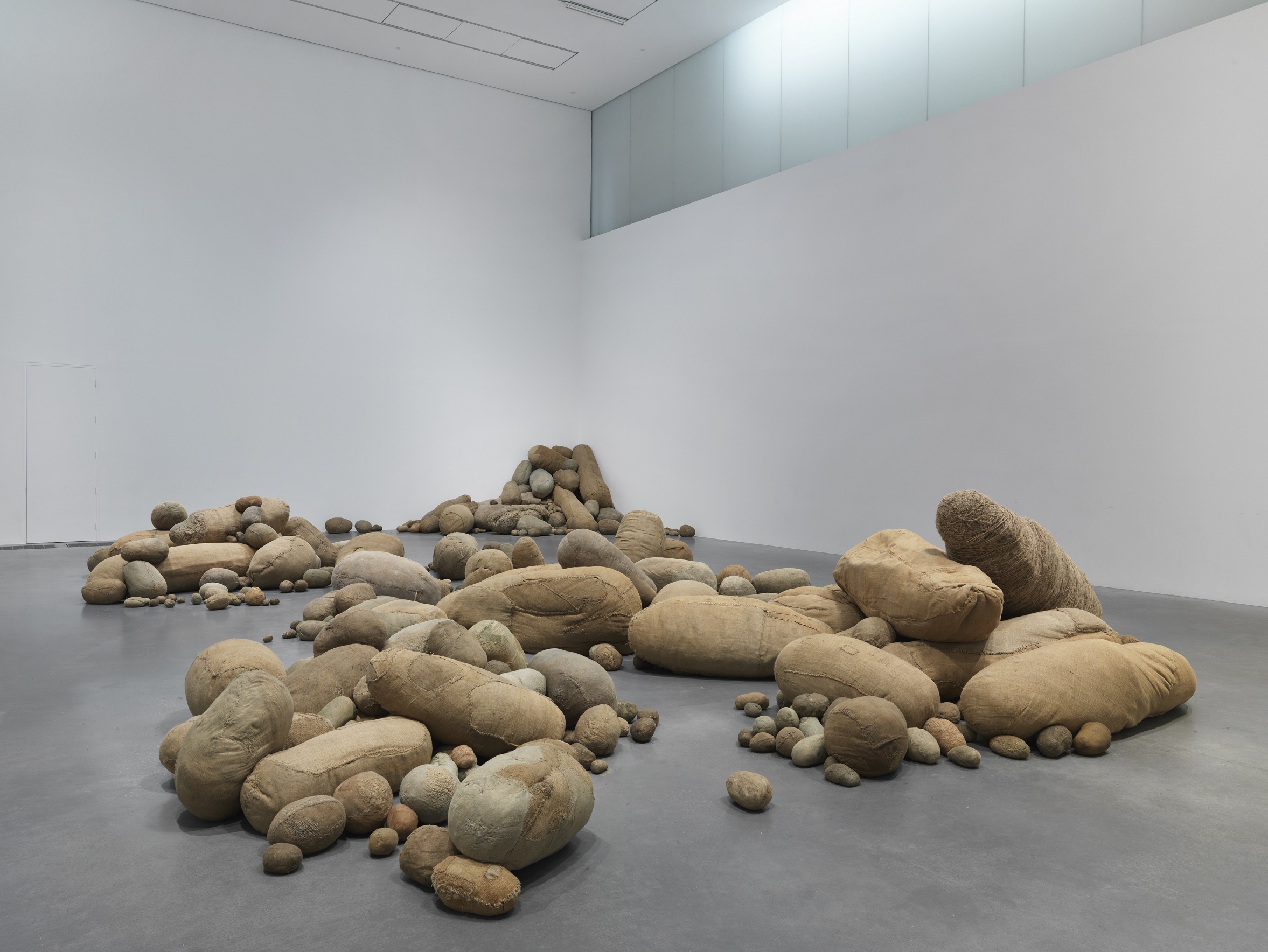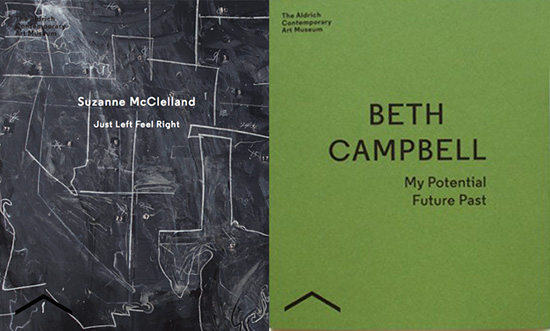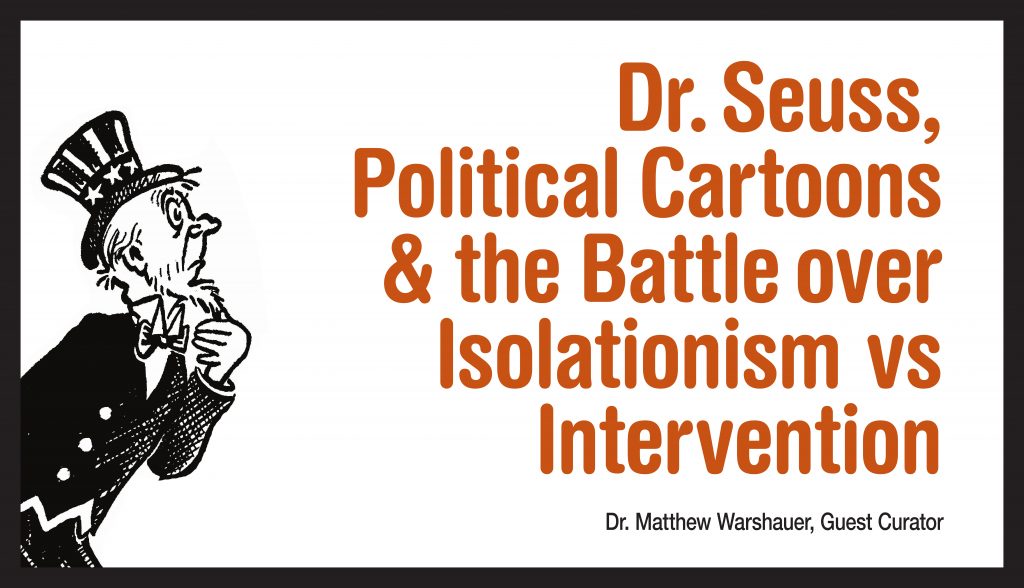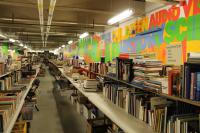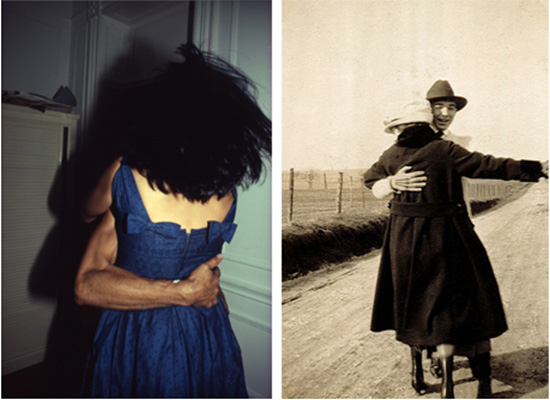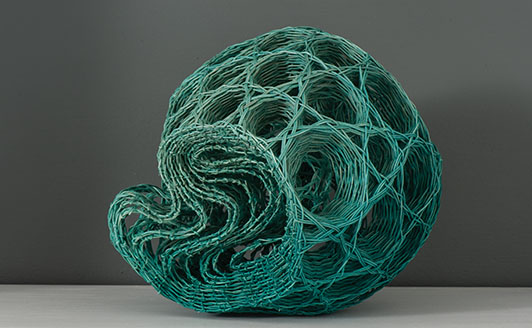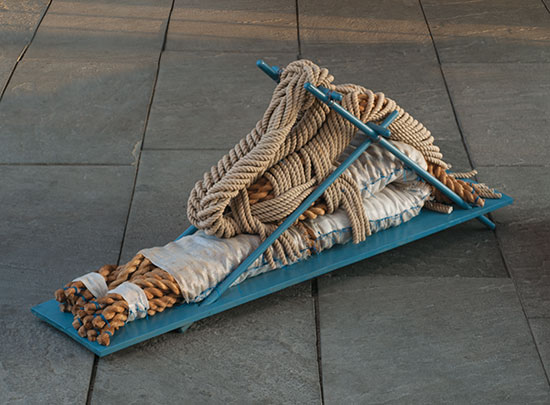A few weeks ago we published the first installment of our Art Acquisition series. Just as the first one did, the second installment reviews pieces browngrotta arts artists have had acquired by major institutions over the last year.
Norma Minkowitz – Museum of Texas Tech University and Boston Museum of Fine Arts , Massachusetts
Norma Minkowitz has had several pieces go to major institutions in the last year. Minkowitz’ piece Journey was acquired by the Museum of Texas Tech University, which is located in Lubbock, Texas. Minkowitz’ piece The Gamble, which was part of the Daphne Farago Collection, has moved to the Boston Museum of Fine Arts.
Magdalena Abakanowicz – Boston Museum of Fine Arts and Minneapolis Institute of Arts, Minnesota
Magdalena Abakanowicz’ Studium Faktur was acquired, through browngrotta arts, by the Boston Museum of Fine Arts. Studium Faktur, which was one of Abakanowicz’ earlier works (made in the 1960s), was originally part of weaver Mariette Rousseau-Vermette’s collection. Additionally, Abakanowicz’ piece Montana del Fuego was acquired, also through browngrotta arts, by the Minneapolis Institute of Art. Montana del Fuego is a strong example of how Abakanowicz was able to fuse weaving and sculpture to create a spectacular three-dimensional wall hanging. The work was part of the Anne and Jacques Baruch Foundation Collection.
Maria Laszkiewicz – Minneapolis Institute of Art, Minnesota
Maria Laszkiewicz’s Mask, also a part of the Baruch collection, was acquired, through browngrotta arts, by the Minneapolis Institute of Art. Laszkiewicz, born in 1898, encouraged a generation of textile artists (such as Abaknaowicz), and was an innovator in the tapestry field.
Simone Pheulpin – V&A, London and Chicago Art Institute, Illinois
The Victoria & Albert Museum in London recently acquired a piece from Simone Pheulpin’s Eclipse series. One of the textile sculptor’s works was also acquired by the Chicago Art Institute.
Jiro Yonezawa – Musée du Quai Branly-Jacques Chirac, Paris
The most recent acquisition is a piece by Jiro Yonezawa by the Musée du Quai Branly-Jacques Chirac, Paris, France. The museum has commissioned a piece for an exhibition of Japanese bamboo art that opens in November of this year (November 27 – April 9).
Gizella K Warburton – Fitzwilliam Museum, Cambridge, England
The Fitzwilliam Museum acquired Gizella Warburton’s piece Morphus vii. The wrapped and sculpted vessel forms in Warburton’s ‘Morphus’ series are “quietly resonant of internal and external skins, of scarred and fissured surfaces, of abrasions, bindings and sutures.”
Jennifer Falck Linssen – Texas Tech University in Lubbock Texas
The Museum of Texas Tech University has also acquired a wall sculpture by Jennifer Falck Linssen. The sculpture, titled Acumen, was acquired for a new building underway at the university.


